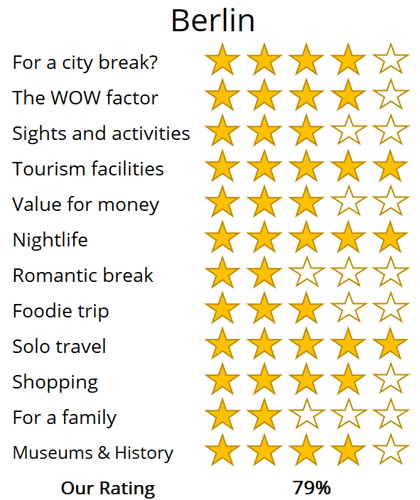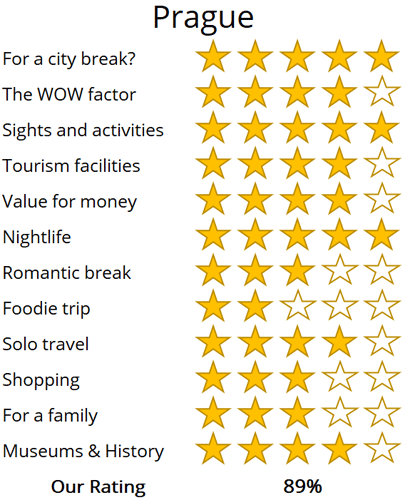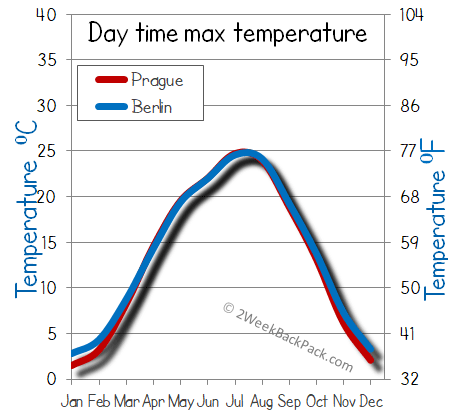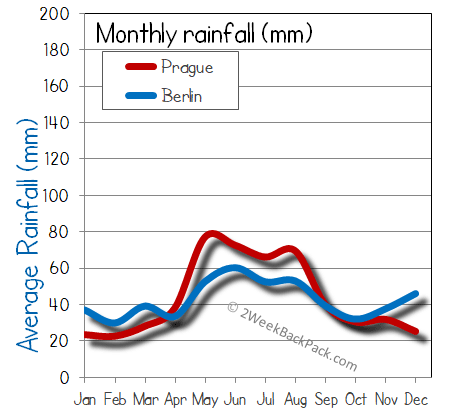WhereToGoForMyHoliday.com
The best destination comparison site!
WhereToGoForMyHoliday.com
The best destination comparison site!
Berlin or Prague, which is better for your holiday in 2024?
Berlin and Prague both offer unique and enticing experiences, but which one should you choose for your city break or holiday?
We recognise the difficulty in making this decision. While there is abundant information available on both destinations, clear guidance on which city better aligns with your travel preferences is often hard to find.
This article aims to provide an impartial comparison of Prague and Berlin, and hopefully help you to choose the best city to visit.
The article is structured into several sections, each of which can be directly accessed through the following links:
• Introduction to the cities
• Scores and ratings
• Which one should I, friends, or family visit?
• When to visit and weather
• Who is the city suited for?
• The perfect 48hours (with map)
• Tourism details (where to stay? airport details?)
Introduction to Berlin and Prague
Berlin is a city of thrilling contradictions. Traces of its turbulent past - fragments of the Berlin Wall, stark WWII monuments - remain visible. Yet gritty street art and highbrow museums coexist with beach bars and underground clubs in this dynamic, multicultural capital.
This dynamic city seamlessly fuses new and old, with leafy parks neighbouring modernist architecture and historic boulevards lined with cutting-edge galleries. Cosmopolitan yet complex, Berlin rewards those eager to delve beneath its myriad cultural layers.
Prague, the Czech capital wows visitors with its Gothic castles, cobbled lanes and handsome medieval plazas. It sits on a snaking bend in the Vltava River, unfolding with a fairy-tale Old Town district that flits from curious astronomical clocks to age-old synagogues at just the turn of a corner. Around that are other neighborhoods that beat with hipster cafes or come topped with the stunning spires of Prague Castle – one of the largest medieval fortifications in the world.
You can fill days glugging frothy beers in cosy basement bars. You can trace the footsteps of Franz Kafka in award-winning literature museums. You can delve into enchanting Christmas Markets or gaze at great monuments on Wenceslas Square. What's more, Prague sits smack bang in the heart of the beautiful region of Bohemia, a land of undulating hills and beer breweries that offers a taste of rural Europe.

The main square in Prague with the Tyn Cathedral

The TV tower (Berliner Fernsehturm) at Alexanderplat dominates the skyline of Berlin
High-level summary for Berlin and prague
Summary
Where would I journey for a personal escape?
Berlin
Where would I send my parents for a memorable visit?
Prague
Where's the ideal destination for my adventurous 19-year-old cousin?
Berlin
Where should my food-obsessed friend indulge their culinary passions?
Prague
Note: The above comparisons are weather-independent and are based on travel during the most opportune times of the year. Details about the ideal travel seasons are elaborated upon later in this article.
In the sections that follow, you'll find a comprehensive comparison between these two fascinating cities. This includes recommendations on the duration of stay, the best times to visit, and tailored 48-hour itineraries for each city.
The final segment delves into practicalities for your travels, such as the best airport to fly into, the optimal districts for your accommodation, and insider tips, for when you come to explore the city.
We hope that you find all of this information useful, in planning your next exciting trip!
Destination details
How long to spend each city?
Prague is one of the original European city break destinations. With countless low-cost carriers whizzing in and out, it should be easy to put together a short trip here on a budget. To unearth the secrets of the Old Town, see Prague Castle, and enjoy at least a night on the beer and the goulash, a few days is probably all you'll need.
Of course, if you've got extra days, Prague will surely fill them. Excursions out to the wooded valleys of Bohemia, where the castles of Český Krumlov and Kutna Hora await, can be added into the mix. But you could also stay in the city itself, to break away from the more touristy centre into neighborhoods like hipster Žižkov and Nusle.
Berlin is one of those vibrant metropolises that always seems to have something new to discover on each visit.
You could easily spend months here and not do everything you want. That's really a result of just how big it is – more than 3.5 million people call it home, and it's the largest city in Germany by a long shot.
That said, a weekend or a three-day break is often ample for a whirlwind tour of the capital's most iconic points of interest.
The ultra-efficient U-Bahn, tram and buses make it easy to hop around the city, and fortunately, the main attractions are relatively close together; woven into the blocks of Mitte, Wedding and hipster East Central.

The delightful Prague Orloj is the world’s oldest operating astronomical clock, and displays the position of the Sun and Moon

Berlin is a city that lives for it’s nightlife……
It's simple: Spring to summer for Berlin.
From May to October, the locals of Berlin seem to come out of their winter hibernation, and the city is in full swing. However, in the summer expect high temperatures where the mid-day heat can easy be over 30C.
If you can handle the cold, snow and greyness, then Berlin is almost free of tourists in the winter. December in Berlin is rewarding, with enchanting Christmas markets at the Charlottenburg Palace and on Alexanderplatz.
Prague has the usual four seasons of Central Europe. The summer is generally hot and humid, with the highest temperatures in the 30s during July and August. It's also common to have regular thunderstorms that last for short bursts then. Winter, meanwhile, is cold. It's the best time to visit Prague if you're in search of kitschy Christmas markets that sell blood sausages, hot chocolate and warm Czech beer. You'll certainly need the thermals and snow coat between November and March, though. It's not uncommon for temperatures to stay below zero for weeks on end.
The upshot is that the spring and autumn probably see Prague in its prime. In April, May, September and October, things can still be mild and warm. There are fewer visitors hitting the mainstay sites like the Prague Castle. Hotel rates drop considerably to boot, and you're more likely to get bargains on flights into town.
Prague is a heritage-rich, historic and hedonistic European city. You'll spend your time gawping at haunting castles and getting lost in medieval districts. Of course, there's also plenty of room for evenings of Czech beer and samplings of Slavic dumplings and goulash. If you're a food-loving culture vulture then there's hardly anywhere better on offer. What's more, backpackers and partygoers will find loads to like in the sleepless basement bars and pubs.
What Prague can't excel in is proximity to the ocean. If you're looking for somewhere to dine on seafood and hit the beach, it's not the place for you. The same goes for the great outdoors. It isn't hard to escape to backcountry Bohemia from here, but you will need to rent a car or organise a day trip away from the Old Town to do that.
If you're a city slicker with a soft spot for cool cafes (aka the coolest in Europe), great coffee, ethnic eateries, and urban vibes, then Berlin is arguably the place you should be for the rest of your life!
This is the epitome of a metropolis made up of individual neighbourhoods. Each has crafted its own unique character; some are hedonistic, others laid back and easy going, others packed with famous landmarks.
Those who want fresh air can escape to the Tiergarten and the beautiful Spreewald, but those are just supporting acts to the buzz of the downtown. It's not the place to be to attune yourself to nature, relax under the sun, or have swims in the sea.

The Bode Museum standing on the banks of the Spree River on the Museum Island (Museumsinsel), the cultural centre of Berlin

The Charles Bridge spans the Vltava River in central Prague and is lined the thirty Baroque statues
48hours in Prague
Spending two days in Prague allows for a perfect balance between exploring its historical wonders and delving into its vibrant urban life. The enchanting Old Town and the imposing Prague Castle splendidly represent the city's rich history, while trendy districts such as Žižkov offer opportunities to enjoy coffee and scour through the markets.
Day 1: Start your weekend right in the heart of the city at the expansive Old Town Square, the central hub of Prague's historic quarter. It remains lively throughout the year, bustling with visitors meandering between significant landmarks such as the Old Town Hall and the Church of Our Lady before Týn. Notably, the church is renowned for its striking black Gothic turrets, towering over 80 metres tall.
Meanwhile, the Old Town Hall boasts stunning Gothic doors and gargoyles, and is home to the unique Prague Astronomical Clock. This 15th-century timepiece is the oldest functioning astronomical clock worldwide, drawing crowds every hour to witness its charming chime and the procession of apostles.
Continue east through the Old Town's intricate alleyways until you reach the riverside, leading directly to the iconic Charles Bridge. Adorned with statues of saints, it offers picturesque scenes, especially in the misty winter mornings. Cross over to Malá Strana, Prague’s oldest district, filled with traditional beer taverns such as the popular U Hrocha.
After a refreshing beer, it's time to ascend to Prague Castle, conveniently located steps away from the tavern. Dedicate your afternoon to exploring this vast complex, ranging from the magnificent St. Vitus Cathedral to the quaint workshops of Golden Lane.

The Dancing House may be one of Prague’s most distinctive buildings, but being in the heart of the old town its unique design was extremely controversial
Day 2: Treat yourself to a hearty breakfast in boho Žižkavárna Café. It's loved by the locals for its strong coffees and homemade cakes but is also a fantastic intro to the stylish neighborhood of Žižkov itself. The landmark at the heart of that district of the soaring Žižkov Television Tower in Tower Park Praha. Be sure to take in its futuristic architecture from below before going inside. Then, it's straight up to the observation decks to enjoy sweeping views of the city.
You'll also want to drop by the National Memorial on Vítkov Hill. It's an important spot in the annals of Czech history. It was once a hops plantation but now hosts the colossal equestrian statue of Jan Žižka (a revered Czech military general) and the Tomb of the Unknown Soldier, a symbolic monument to resistance to Nazi occupation.
Keep going north across the river to Prague 7 and you'll find stripped-down hipster cafés like Kavárna Liberál. For dinner, try the multi-ethnic stalls of Hala 22 closer to the waterside, where everything from Rajasthani curry houses to Chinese noodles are options. Finally, get your beer drinking hat on, because Gyllene tigern – a legendary microbrewery – beckons with its hoppy unpasteurized tipples back in the Old Town.

The Klaus synagogue and cemetery, in the Jewish quarter of Prague
48hours in Berlin
Does the perfect 48 hours in Berlin even exist? With so many museums and vibey neighbourhoods to get through, it's hard to pack the highlights of the German capital into just two days. Still, the Berlin itinerary below gives it a go, offering everything from ancient Greek artefacts to cool pavement drinkeries and more.
Day 1: Morning in Mitte. As its name implies (Mitte = Middle), it's the hub of Berlin. You can settle in for a refined breakfast in the hidden courtyards of the Hackescher Höfe. The area is brimming with independent boutique stores and elegant tearooms. A few steps to the south take you beneath the needle-like Berliner Fernsehturm. A relic of Communist times, it's home to the fastest elevators in the world, while the lookouts at the top have jaw-dropping panoramas of the city (tickets cost €16.50).
A quick people-watching session on bustling Alexanderplatz and then move west to Museum Island. Culture vultures should take their time here. The Pergamonmuseum is a real highlight, with its priceless Assyrian statues and even the blue-tiled gates of Babylon. A pitstop at the nearby German Historical Museum is one for those who want to unravel the tale of the nation, with particular highlights in the collections that chronicle the world wars of the 20th century.
From there, walk down Unter den Linden to encounter the main artery of Mitte. That takes you to the world-famous Brandenburg Gate, which stands next to the glass-domed Reichstag Building. A picnic lunch in the Tiergarten park can be followed by a sobering walk through the Memorial to the Murdered Jews of Europe. Past that is Checkpoint Charlie – a onetime gateway between East and West Berlin – and then the lively streets of Kreuzberg, with their ramen restaurants, jazz bars, and multicultural kitchens.

The mock gothic Oberbaum Bridge connects the eastern and western sides of Berlin and is prominent icon of the city’s unity.
Day 2: If you're lucky enough to escape a hangover courtesy of the Kreuzberg bars, then an early morning start in the area of Friedrichshain is in order. It's brimming with graffiti-scrawled coffee bars and breakfast joints.
On the south side of the district is the striking East Side Gallery. Once a bland concrete section of the Berlin Wall, it's now an artist's homage to the fall of the great divider in 1989. From there, go north to the green lawns of Volkspark Friedrichshain. Chilled and leafy, it's actually the oldest public garden in the capital. And it's got monuments to the Spanish Civil War next to volleyball courts and picnic tables.
Hugging that is the enchanting area of Prenzlauer Berg. This is the perfect place to end your 48 hours. It's not bursting with sights and attractions, but it's got a classic Berliner neighbourhood vibe. If you're unsure where to begin, check out Kulturbrauerei – an all-in-one complex of cinemas, theatres, clubs and beer halls.

The Victory Column stands at the centre of Tiergarten Park, and at the viewing platform 285 steps up provides some of the finest views over Berlin
The Václav Havel Airport Prague is the main entry point to the Czech capital. It's also the largest international airport in the Czech Republic. That means short-haul flight connections arrive there from all over, and you can usually bag some wallet-friendly bargains on carriers like Ryanair and EasyJet
For a European capital, Prague is very walkable and bikeable. The whole Old Town is actually best explored on foot, and the same goes for the castle district. For longer trips, the uber-efficient Prague Metro and tram network combine on the PID ticket to offer easy hops from A to B.
The basic ticket costs 24 CZK ($1) and allows access and transfers for 30 minutes. Buy them via the Prague transport mobile app, in local newsagents, or at the tram stops themselves. Don't forget to validate your ticket at the yellow machines on board.

The Gothic Saint Vitus Cathedral lies within the Prague castle complex
All the usual crimes and scams of a European capital are present in Prague, though the town is generally very safe for visitors. Be vigilant of pick pocketers in busy areas and on public transport especially. Also try to dodge picking up taxis straight off the street – tourists are often prime targets for inflated rates. Prague's currency exchange points are notorious for being rip offs, so get your koruna before touching down.
For proximity to the main sites and bars, there's really nowhere better to bed down than in the Prague Old Town. Hotels will usually cost the most there, however. Something quieter and equally as atmospheric is available in the Malá Strana. But the New Town district and Žižkov are also both good options.
If you're arriving on a low-cost airline to Berlin, then it's likely you'll jet into the old GDR hub of Schönefeld Airport. That's in south-east Berlin. Reach it on regional train lines or via the S-Bahn, which go directly to a station in front of the terminals. Tickets cost €3.40 each way.
The larger Tegel International Airport is where most premium carriers like Lufthansa and BA will land. If you're going there, you certainly don't want to take the train to Tegel – that won't get you into the heart of Berlin. Instead, choose the frequent bus link to Hauptbahnhof or Alexanderplatz. The fare is €2.80 € and journeys take between 35-50 minutes depending on traffic.

The Berliner Dom cathedral, with its 100m high dome and grand Neo-Renaissance architecture
Getting around Berlin is a cinch. The capital has a super-efficient and well-linked public network of trams, trains and underground lines. You can purchase tickets at any S-Bahn or U-Bahn station, or at any establishment with a BVG sign. Daily and weekly passes for all public transportation are also available with slight reductions. A new smartphone app allows digital purchasing of tickets (search: FahrInfo Plus). All other tickets must be validated before use.
Violence of any sort in the capital is rare and police can be relied upon. Still, have your wits about you, especially if travelling through Berlin's lesser-known or rougher areas, like the ones bordering Kreuzberg, or the nightlife hubs of Alexanderplatz and Friedrichshain.
When it comes to searching for a hotel, there's a hard choice to be made. There are oodles of neighbourhoods here that are worthy of attention. It's really up to you to decide what you want. Generally speaking: Sightseers can't go wrong in Mitte, Kreuzberg and Friedrichshain are perfect for bar hoppers and foodies, and Neukölln offers something more local.
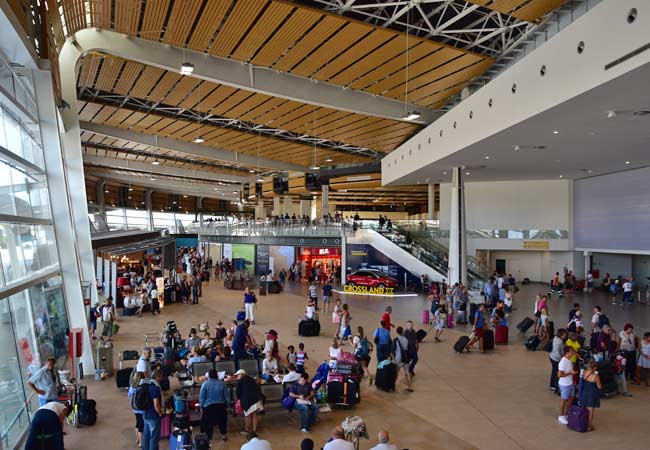
oh we were stuck in the airport!

Copenhagen was a bit expensive...

All we did was drink beer in Brussels...
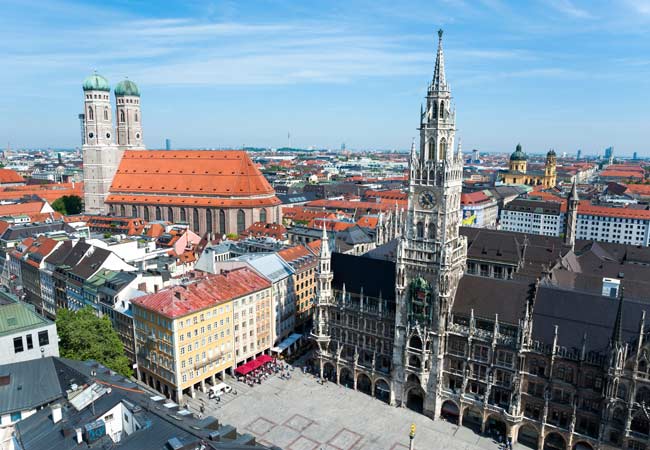
Muncih was crazy
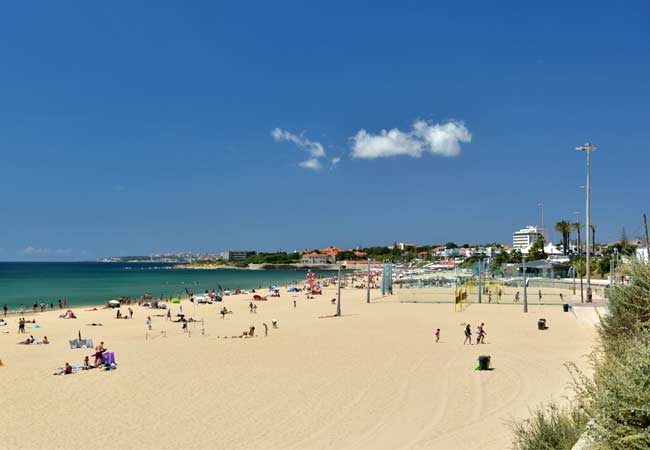
And we got so burnt!
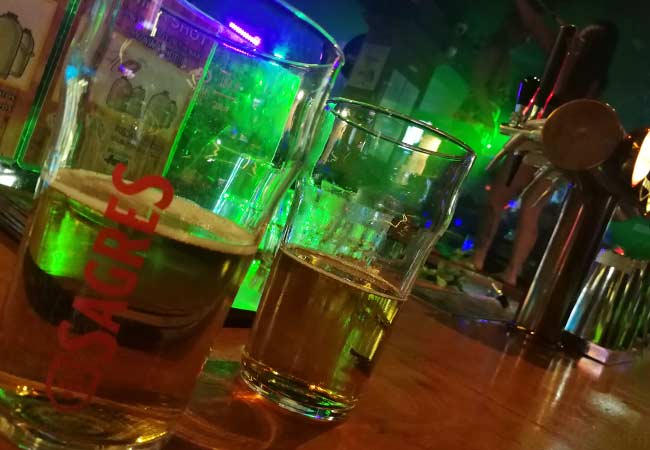
Remeber that night in Rome

oh we were stuck in the airport
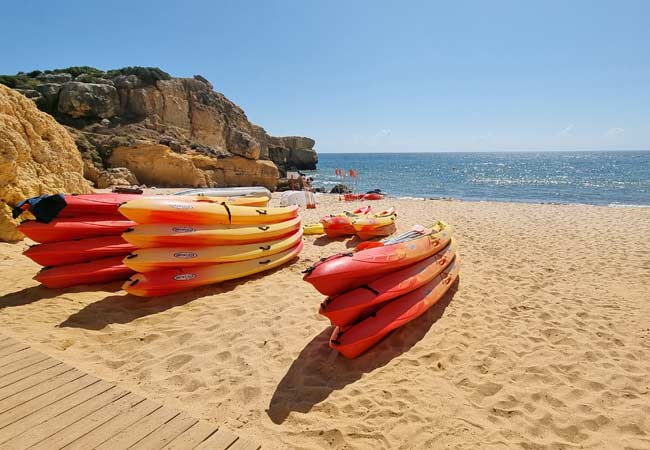
So much fun kayaking

Berlin and that group from Austria!

There was such a view from that church

And we got so burnt!

Munich was eventful, wasn't it!

Such a view from that cathedral in Florence
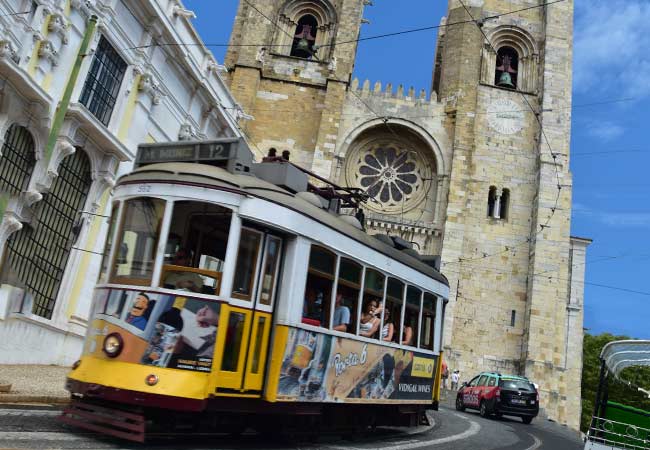
Lisbon was such so much fun

Last summer was so much fun .... x

Remeber that night in Rome

Lisbon was such so much fun

Such a view from that cathedral in Florence

Munich was eventful, wasn't it!

And we got so burnt!

Remeber that night in Rome

All we did was drink beer in Brussels...

Berlin and that group from Austria!

Can't wait to go back to Dubrovnik

Remember that boat ride in Prague

Copenhagen was a bit expensive...
